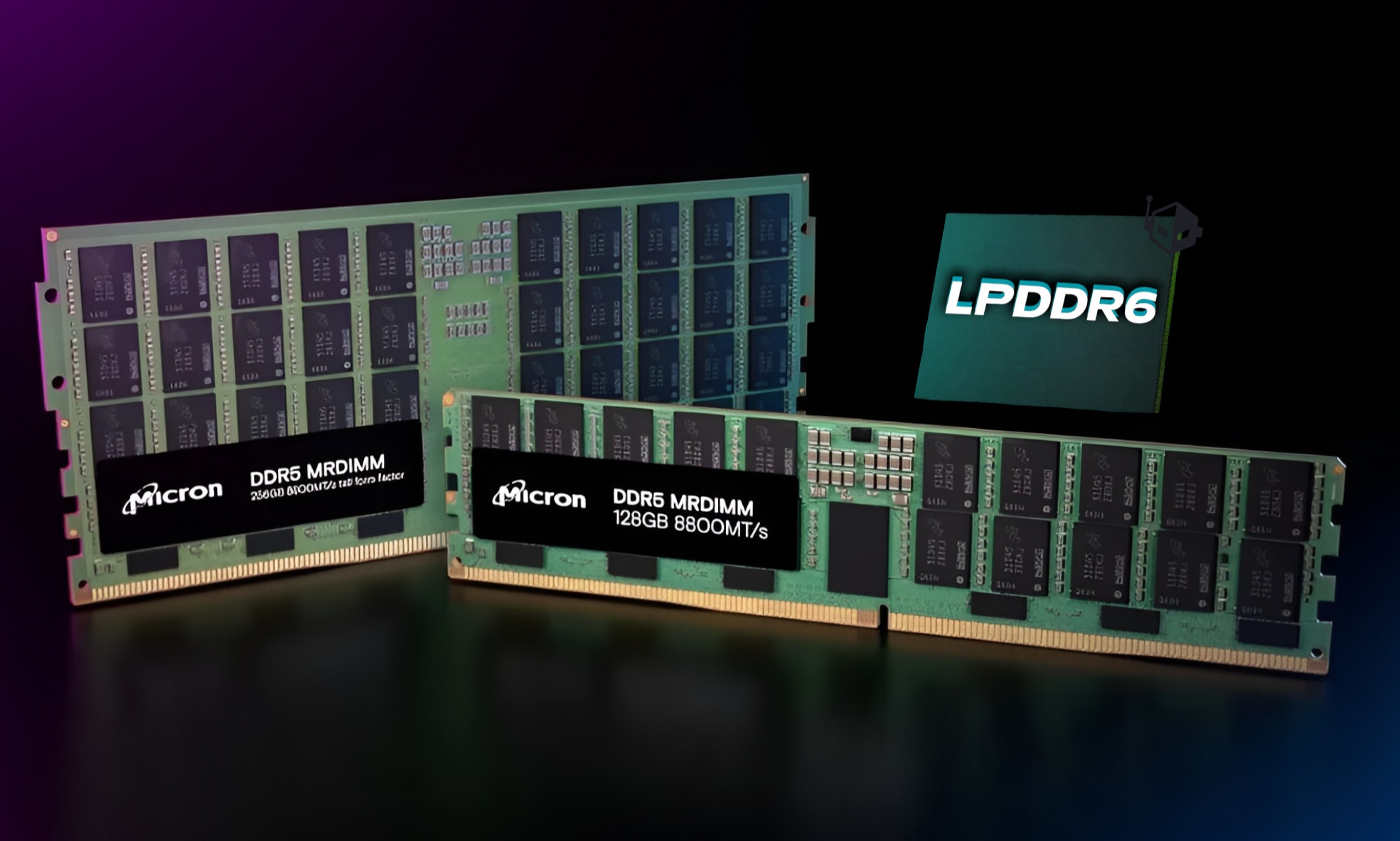JEDEC has officially unveiled its latest memory standard, LPDDR6, promising significant improvements in performance, power efficiency, security, and reliability for mobile devices. This new standard succeeds LPDDR5 and LPDDR5X, aiming to meet the growing demands of modern mobile platforms, from AI edge computing to automotive systems. 
The LPDDR6 memory will be adopted by major memory manufacturers such as MediaTek, Micron, Samsung, SK Hynix, and Qualcomm Technologies.
LPDDR6 introduces a Dual Sub-Channel Architecture, which includes two sub-channels per die, each with 12 DQs. This setup provides more efficient data processing compared to the LPDDR5, which had 16 DQs (2×8) per channel. With flexible burst lengths of 32B and 64B, LPDDR6 enhances both latency and access speed, making it a notable improvement for mobile devices and other computing sectors.
One of the standout features of LPDDR6 is its power efficiency. The new memory operates at a lower voltage, reducing dynamic power consumption, and incorporates Dynamic Voltage Frequency Scaling for Low Power (DVFSL). This feature adjusts voltage during low-frequency operations, offering significant energy savings. Additionally, LPDDR6 introduces Dynamic Efficiency Mode, which allows a single sub-channel operation in low-power states, further improving its power management compared to LPDDR5.
Security is also a key focus for LPDDR6. The memory standard includes On-Die Error Correction (ECC), CA Parity + MBIST, PRAC (Per Row Activation Counting), and Meta Region Carve-out, all designed to enhance data integrity and memory error detection. These features provide robust reliability for both mobile devices and critical computing applications.
With the deployment of LPDDR6 across various industries-including AI, edge computing, client systems, and automotive technologies-this memory standard is poised to offer substantial performance gains not only for smartphones but also for servers and data centers. As industries continue to push the boundaries of technology, LPDDR6 ensures that devices operate efficiently without compromising performance.
“LPDDR6 represents years of effort from our JC-42.6 Subcommittee for Low Power Memories,” said Mian Quddus, JEDEC Chairman. “By balancing power efficiency with high performance, LPDDR6 is the ideal choice for next-generation mobile devices and AI applications.”
LPDDR6’s introduction marks a new era of memory technology, which will drive innovation across multiple sectors. From high-bandwidth mobile devices to advanced AI systems, LPDDR6 promises to meet the evolving needs of the digital world.
2 comments
Wow, this could finally mean 300GBPS+ in mobile devices! We’re talking desktop-level bandwidth in our hands, imagine the gaming potential! 🤯
Not sure about LPDDR6 just yet, but the features like error correction and power management are definitely a plus. We need more reliable memory!